ASUS Radeon HD EAH4890 HTDI/1GD5 Video Card
Same Card, New Heatsink
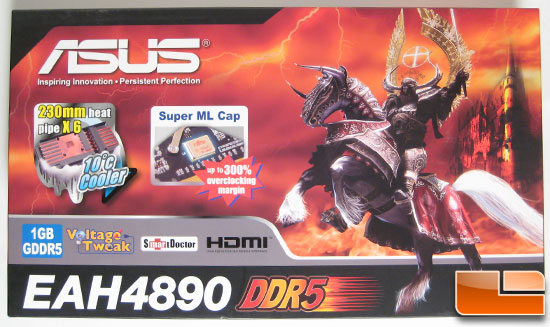
The norm it seems — some sort of mythical creature and comical advertising.
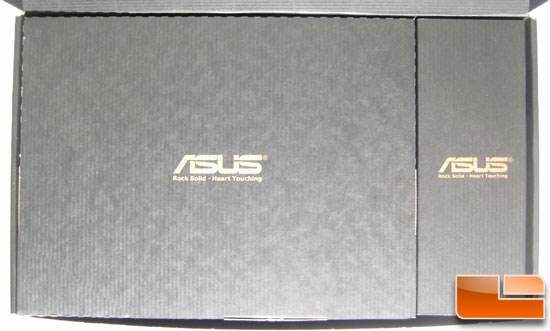
I have to give it to Asus, though; once you open the actual box it is rather clean.
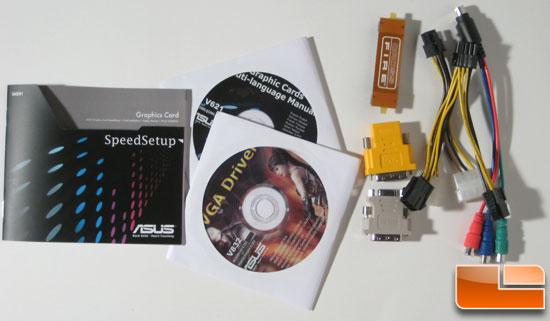
There are lots of peripherals, everything you need to power and use this card.
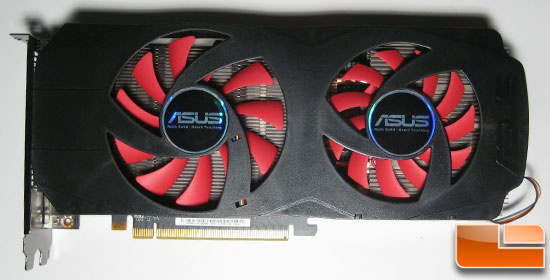
Ditching the stock cooler was a great idea. However, some of the heat from the card will be dumped back into the case unlike the stock cooler which exhausts all air out the back. This isn’t a deal breaker as most cases should have enough airflow to keep the interior of the case from baking.
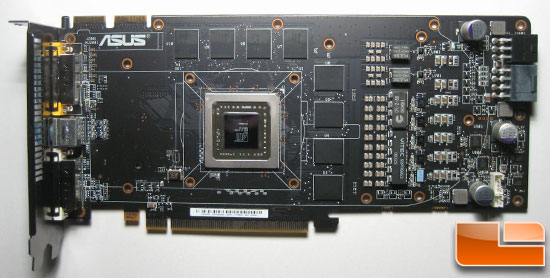
The black PCB is a nice departure from the typical red you see with ATI cards. Take note on the PCIe power connectors though; you will need a 6-pin and an 8-pin, or 3 6-pin connectors with the included adapter.
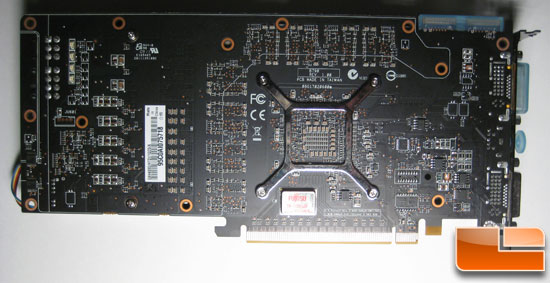
The backside of the card hasn’t changed except for the inclusion of a beefy capacitor which I believe helps regulate power coming in via the +12v traces from the PCIe connector. I don’t claim to be a power systems design engineer, but that is at least what I perceive.

ASUS claims “300+% overclocking potential” with the addition of this Super ML capacitor, but I have my doubts given the other two HD 4890s I have tested without the Super ML capacitor and have also hit 1000MHz core and 1200MHz memory. Perhaps this capacitor would become useful when voltages are increased and temperature are dropped severely.
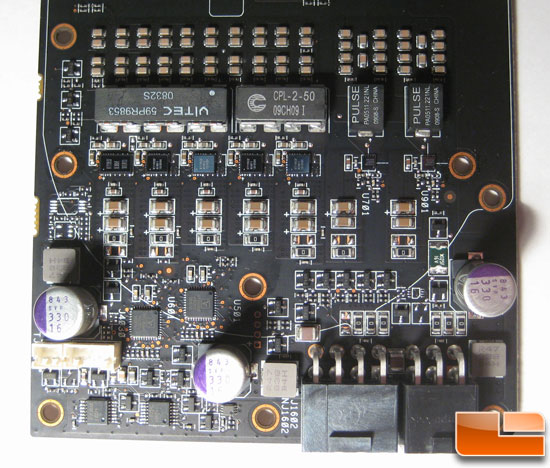
Here’s what I consider to be the business end of the card. A rather cleanly laid out PWM that I believe is identical to the reference HD 4890 PWM. There are three phases for the GPU, two phases for the memory controller, and two phases for the memory.
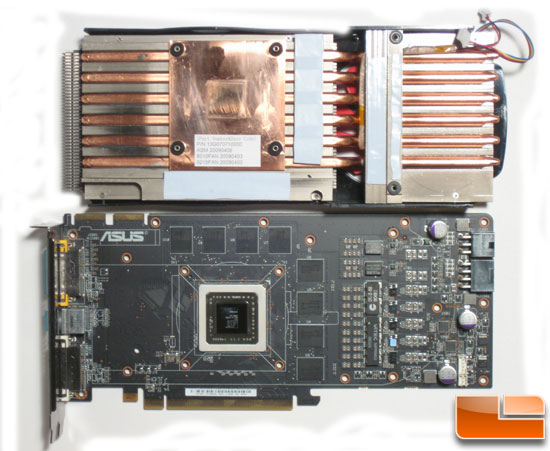
The heatsink is what you are really getting with this card, and what an addition it is. Not only is it heavy, but it is quite effective at taming both GPU and PWM temperatures. As an added bonus it was rather quiet with very little fan whine below 40% speed.

ASUS claims these six heat pipes that run the entire 230mm heat sink length help lower GPU temperatures by 10C, which is impressive. Let’s take a look at the test system and see how this card performs!

Comments are closed.